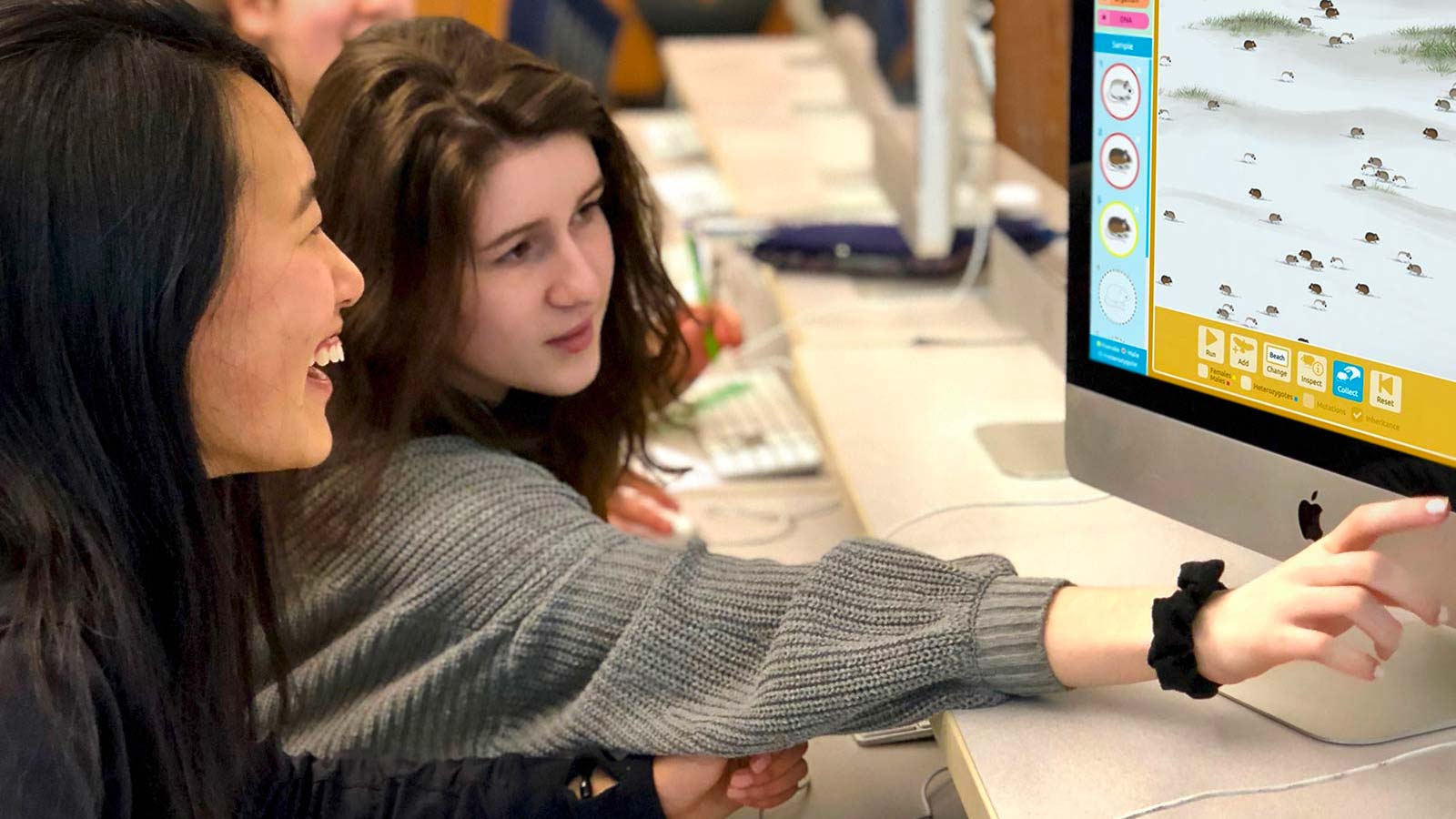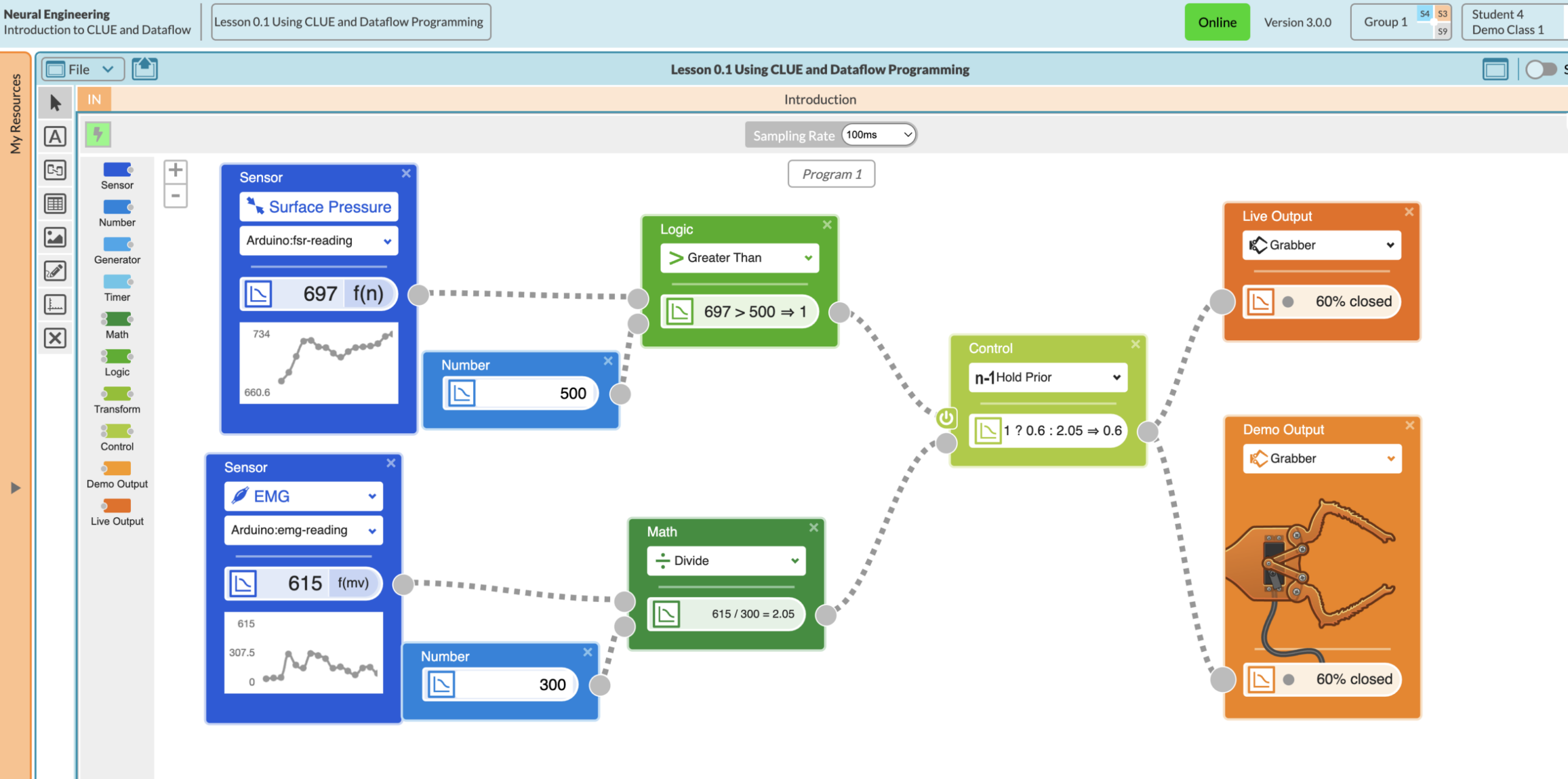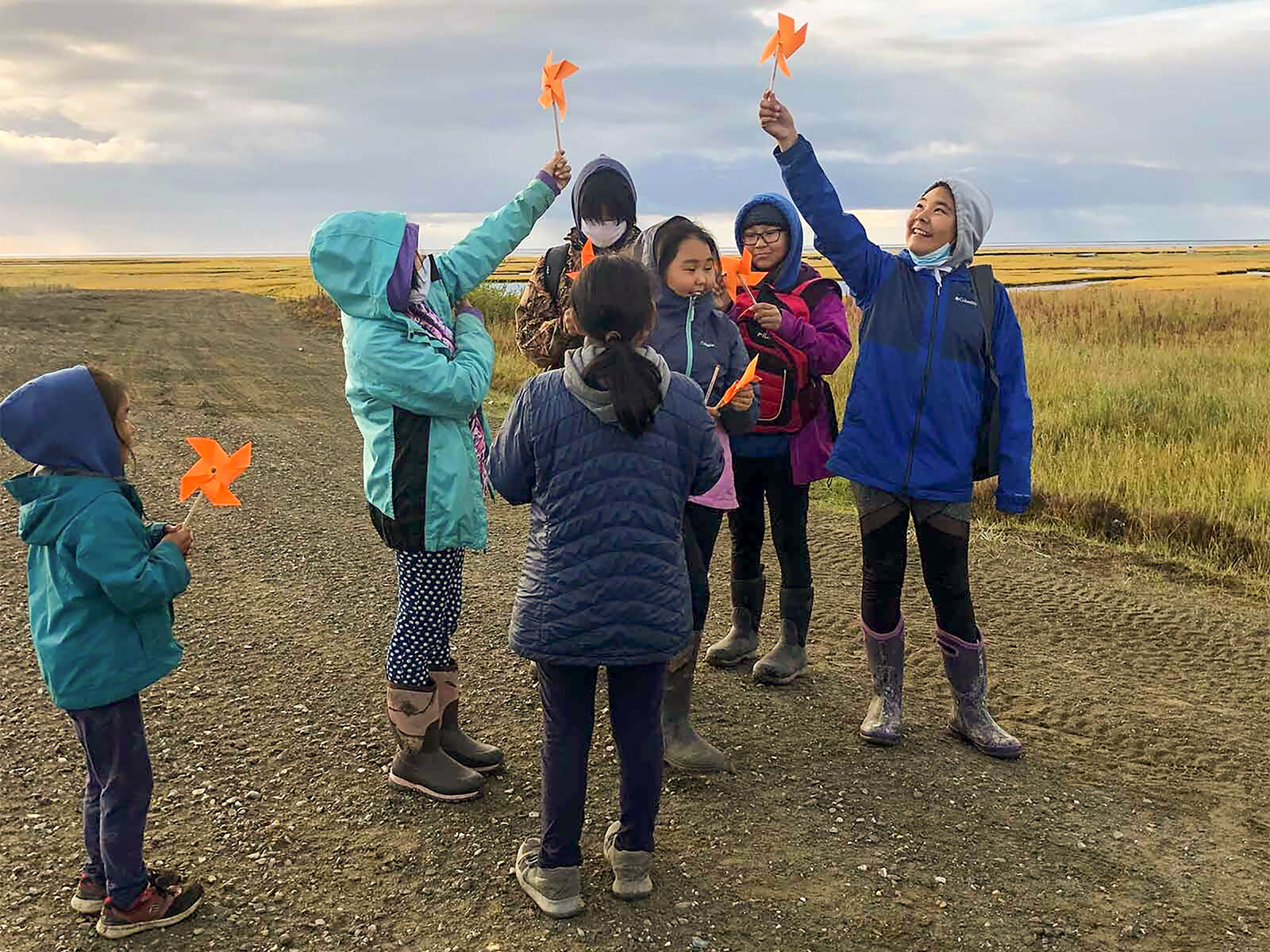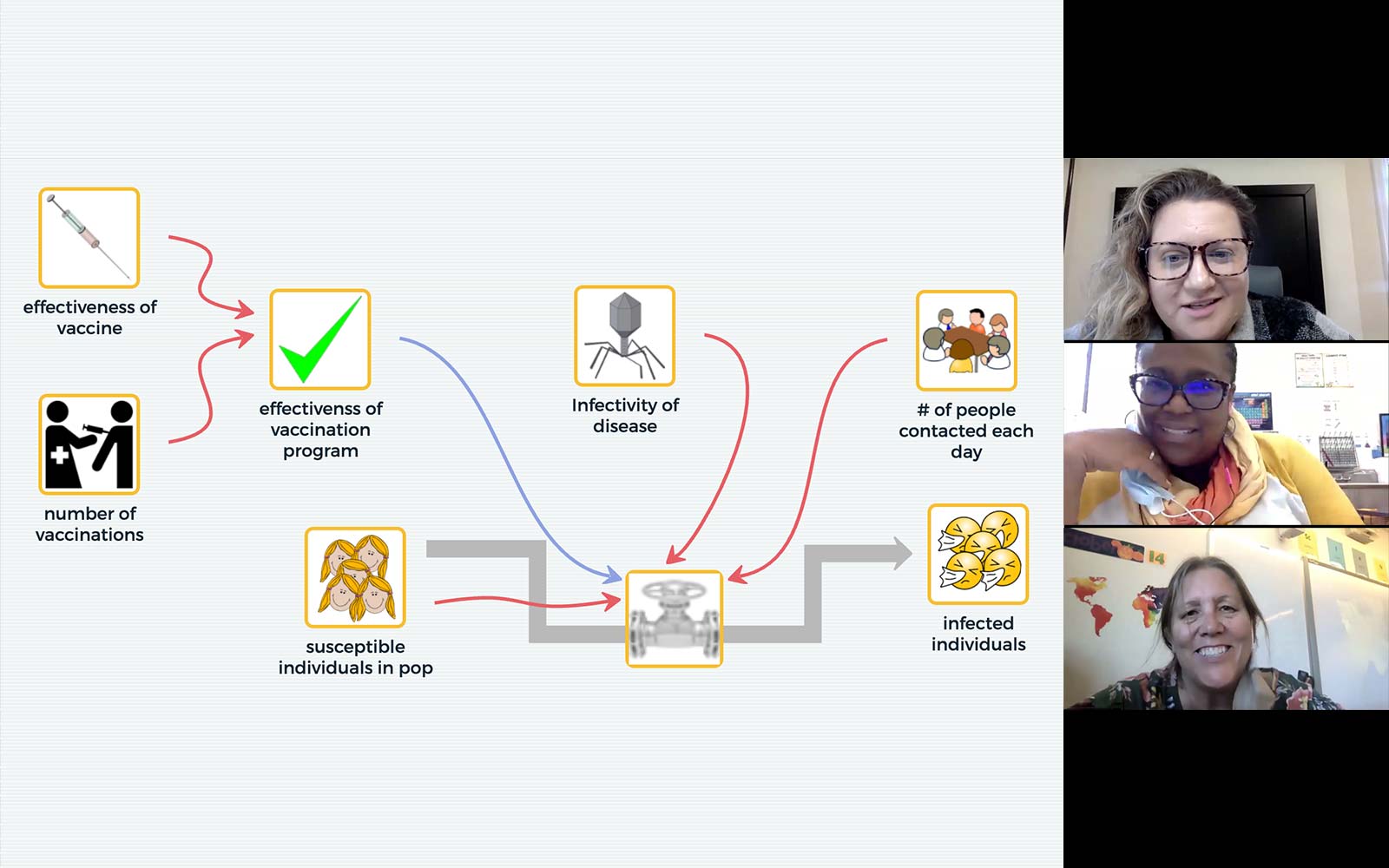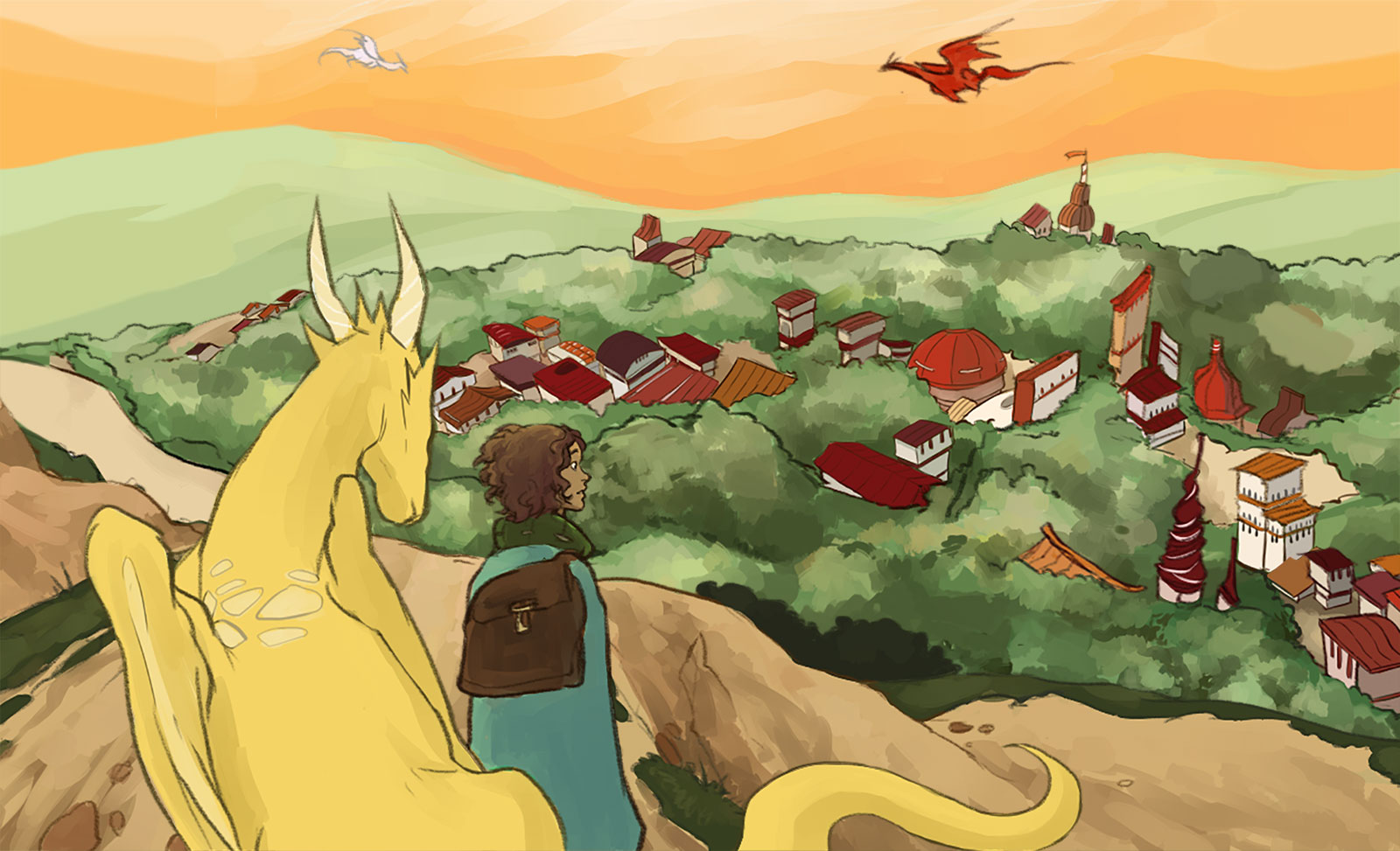Evolution Readiness
Importance
Evolution is a particularly daunting subject to teach and to understand. The evidence for it is indirect and the model rests largely on phenomena that cannot be directly observed, including some that are poorly understood to this day. With our attention focused on fourth graders, we aim to achieve “evolution readiness”—a state of understanding that can prepare a child to learn more in the next phase of a carefully sequenced learning progression.
By combining advances in educational technology with improved understanding of young children’s cognitive development, the Evolution Readiness project produced an empirically validated curriculum for introducing evolution in the elementary grades. We used computer-based, manipulable models of interacting organisms and their environments to help fourth grade students learn Darwin’s model of natural selection as the process primarily responsible for evolution.
A full understanding of evolution would require the acquisition of a detailed model of how information is encoded in DNA, interpreted in cells, and manifested in organisms and species. To understand the evidence presented by the fossil record and its implications for evolutionary theory would require an appreciation of the immensity of geologic time, as well as a substantive introduction to geology and paleontology. These topics are not easily accessible to ten-year-olds. However, given a computer model with which to experiment, even very young children can explore the connection between the interdependence of species and their remarkable adaptations, coming to recognize the latter as the surprising but predictable outcome of a long series of gradual processes involving small differences between parents and offspring.
Our research-based curriculum is centered on progressively complex models that exhibit such emergent behavior. We log students’ actions as they interact with the models, analyzing such performance data to infer the students’ understanding. Our research is helping to improve the teaching of complex scientific ideas and to provide a reliable means of directly assessing students’ conceptual understanding and inquiry skills, as opposed to their recall of science “facts.”
Research
Working in three school districts, located in Texas, Missouri, and Massachusetts, we implemented a module covering 14 class periods. In each state the elementary science standards include all the concepts we cover–variation of inherited traits, reproductive fitness, and natural selection–but traditional curricula do not attempt to integrate these concepts or to use them to explain observations of the natural world.
- We tested students who had used our materials and compared them to a baseline cohort taught by the same teachers but exposed only to the traditional curriculum. In each case, our students outscored the baseline students, demonstrating the feasibility of teaching fourth graders the fundamental concepts behind the theory of evolution.
View paper
Publications
- Horwitz, P., McIntyre, C., Lord, T., O’Dwyer, L., & Staudt, C. (2013). Teaching “evolution readiness” to fourth graders. Evolution: Education and Outreach, 6(21).
- Horwitz, P. (2013). Evolution is a model, why not teach it that way? In D. F. Treagust & C-Y. Tsui (Eds.), Multiple representations in biological education (pp. 129-145). Dordrecht, Netherlands: Springer.
- McIntyre, C., Lord, T., & Horwitz, P. (2012). Big ideas for little people. Science and Children, 50(2), 42-45.
- Horwitz, P., & O’Dwyer, L. (2011). Beginning with big ideas: Are students ready for evolution? @Concord, 15(2), 8-9.
- Horwitz, P. (2011, March 1). Don’t teach the controversy. Education Week.
- Rosca, C., O’Dwyer, L., Lord, T., & Horwitz, P. (2010). Ready, set, go evolution! @Concord, 14(2), 4-6.
- Horwitz, P. (2009). Tuesday’s lesson: Teaching evolution to fourth graders. @Concord, 13(3), 8-9.
- Horwitz, P. (2009). Teaching evolution with models. @Concord, 13(2), 6-7.
Activities
View, launch, and assign activities developed by this project at the STEM Resource Finder.

